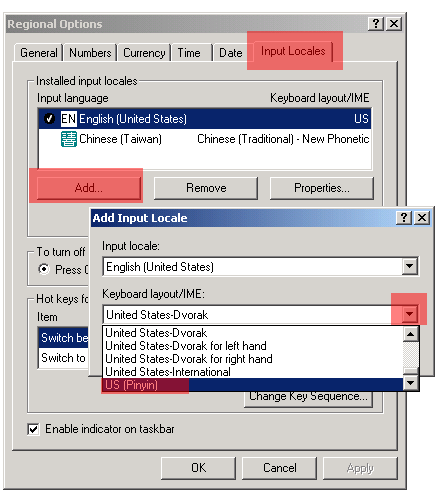Most readers of Pinyin News will already know of John DeFrancis, editor of the ABC Chinese-English Comprehensive Dictionary and author of The Chinese Language: Fact and Fantasy and many other important works. (If you haven’t read The Chinese Language: Fact and Fantasy yet, order it now.)
In recognition of the 95th(!) birthday today of Professor DeFrancis, Sino-Platonic Papers is rereleasing Schriftfestschrift: Essays in Honor of John DeFrancis on His Eightieth Birthday. Previously, this important compilation, which runs more than 250 pages, was available only in a printed edition priced at US$35. The fifteenth-anniversary edition, however, is being released for free as a PDF (15 MB — so have a fast Internet connection, or a lot of patience).
I’d like to draw special attention to an article written in Pinyin: “Hanzi Bu Tebie Biaoyi,” by Zhang Liqing. (Zhang’s work also appears here on Pinyin Info, in her translations of The Historical Evolution of Chinese Languages and Scripts and of the amazing Comparing Chinese Characters and a Chinese Spelling Script — an evening conversation on the reform of Chinese characters.)
Feel free to print out a copy of the Schriftfestschrift for your own use or for inclusion in a library. Just don’t sell it.
The original publication contained several color photos. I’ll add those later. Also, the English tex is searchable to some degree, as I used OCR after scanning these pages; but the results weren’t perfect.
Here are the contents:
- Tabula Gratulatoria
-
Introduction, by Victor H. Mair
- Publications of John DeFrancis
-
Hanzi Bu Tebie Biaoyi, by Zhang Liqing
-
Typology of Writing Systems, by Zhou Youguang
-
Dui Hanzi de Jizhong Wujie, by Yin Binyong
-
The Information Society and Terminology, by Liu Yongquan
-
A Bilingual Mosaic, by Einar Haugen
-
The Polysemy of the Term Kokugo, by S. Robert Ramsey
-
Memorizing Kanji: Lessons from a Pro, by J. Marshall Unger
- Why Chinese Is So Damn Hard, by David Moser
-
Ethnolinguistic Notes on the Dungan, by Lisa E. Husmann and William S-Y. Wang
-
Korean Views on Writing Reform, by Wm. C. Hannas
-
Language Policies and Linguistic Divergence in the Two Koreas, by Ho-min Sohn
-
Okinawan Writing Systems, Past, Present, and Future, by Leon A. Serafim
-
Proposal of a Comparative Study of Language Policies and Their Implementation in Singapore, Taiwan, and China (PRC), by Robert L. Cheng
-
The Topical Function of Preverbal Locatives and Temporals in Chinese, by Feng-fu Tsao
-
Yes-No Questions in Taipei and Peking Mandarin, by Robert M. Sanders
-
Patronizing Uses of the Particle ma: Bureaucratic Chinese Bids for Dominance in Personal Interactions, by Beverly Hong Fincher
-
Gender and Sexism in Chinese Language and Literature, by Angela Jung-Palandri
-
A zhezi Anagram Poem of the Song Dynasty, by John Marney
-
Some Remarks on Differing Correspondences in Old Chinese Assumed to Represent Different Chinese Dialects, by Nicholas C. Bodman
-
Can Taiwanese Recognize Simplified Characters?, by John S. Rohsenow
-
Simplified Characters and Their (Un)relatedness, by Chauncey C. Chu
-
The Teaching of Culture and the Culture of Teaching: Problems, Challenges, and Opportunities in Language Instruction, by Eugene Eoyang
-
The Culture Component of Language Teaching, by Kyoko Hijirida
-
Thinking About Prof. John DeFrancis, by Apollo Wu
-
Wo suo Renshi de De Xiansheng, by Chih-yu Ho
-
Two Poems for Professor John DeFrancis, by Richard F. S. Yang
-
Announcement, by Stephen Fleming
Happy birthday, John! And many happy returns!

